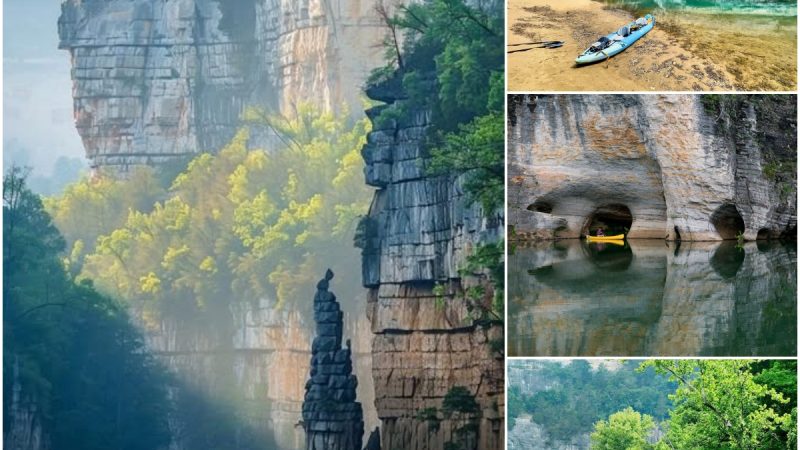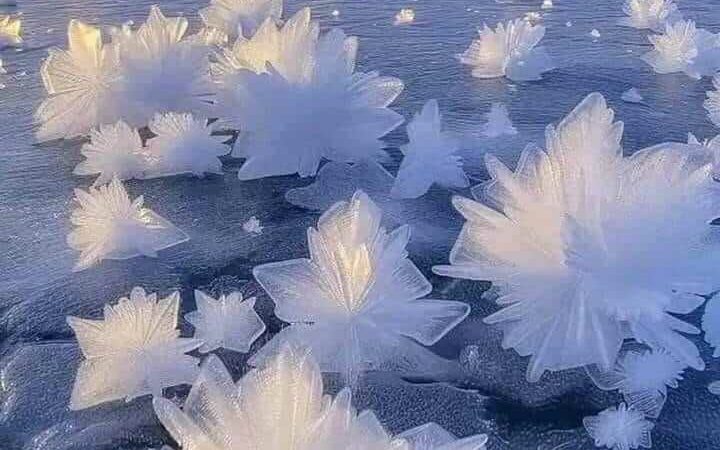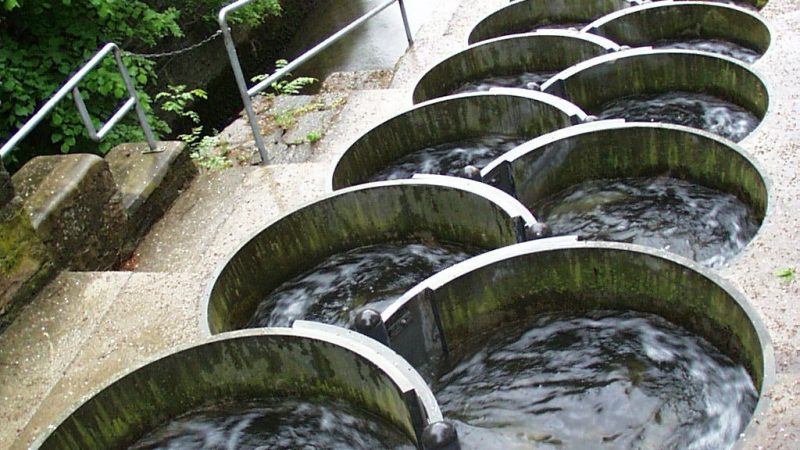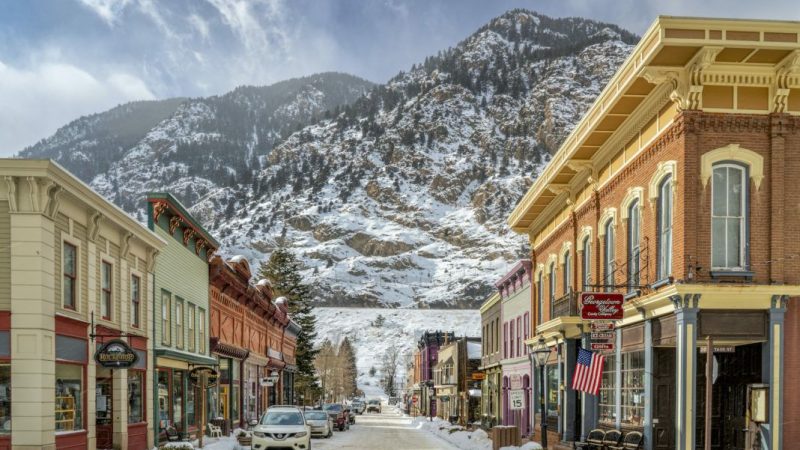Ethereal Ice Sculptures: Revealing The Creation And Significance Of Penitentes

In the remote and icy landscapes of high-altitude regions, a natural phenomenon of breathtaking beauty and scientific significance can be found. These are penitentes, surreal ice sculptures that stand as both a testament to the forces of nature and a subject of fascination for researchers and adventurers alike. Let’s delve into the creation, significance, and allure of these ethereal ice formations.

Penitentes are ice formations characterized by tall, slender blades of ice, often resembling spikes or serrated daggers, which jut upwards from the snow-covered ground. They are typically found in high-altitude regions with specific environmental conditions. The name “penitentes” comes from their resemblance to a procession of people, known as penitents, who walk in silence and with pointed hoods during religious processions in some Spanish-speaking countries.

The formation of penitentes begins with a combination of high-altitude conditions. Intense sunlight, clear skies, and sublimation—the process by which ice transitions directly into water vapor without melting—play essential roles in their creation. These factors work together to sculpt the ice into intricate and beautiful shapes.

Penitentes form when sunlight penetrates the snow and ice, causing localized melting. However, the high-altitude environment ensures that the temperature remains well below freezing, allowing the melted water to freeze again quickly. Over time, this process results in the development of the characteristic spires and ridges.
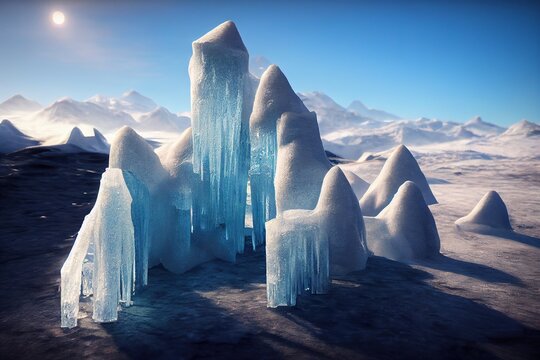
The precise physics and geometry behind penitentes are still subjects of ongoing research, as they involve complex interactions between solar radiation, heat conduction, and sublimation. Understanding these processes can shed light on broader topics, such as climate science and the behavior of ice on other celestial bodies, like Pluto.

Penitentes are not just scientific curiosities; they also play a role in the local ecosystems of high-altitude regions. Their blades of ice can provide shelter for various organisms, including certain types of extremophilic bacteria, which thrive in extreme environments. These microorganisms, adapted to the cold and harsh conditions, are the foundation of ecosystems in these frigid environments.

Moreover, penitentes can have a significant impact on the reflection of sunlight, or albedo, in snowy and icy landscapes. The presence of these ice formations can influence the local climate and weather patterns, making them an important aspect of regional and global climate studies.

For adventurers and explorers, the presence of penitentes adds an element of intrigue to high-altitude excursions. The surreal beauty of these ice sculptures, coupled with the challenging conditions of their habitat, draws intrepid travelers seeking unique and off-the-beaten-path experiences.
As climate change continues to affect the world’s high-altitude regions, the existence of penitentes may become increasingly fragile. Rising temperatures and altered weather patterns could impact the formation and longevity of these ethereal ice structures. Therefore, scientists and conservationists are closely monitoring these environments to understand their vulnerability and to ensure their preservation for future generations to admire and study.
In conclusion, penitentes are nature’s stunning ice sculptures, shaped by the harsh conditions and radiant sunlight of high-altitude regions. Their formation is a captivating blend of science and artistry, offering insights into the complex interplay of natural forces. As we continue to explore and appreciate these ethereal ice formations, we gain a deeper understanding of the intricate beauty and significance of the natural world.
